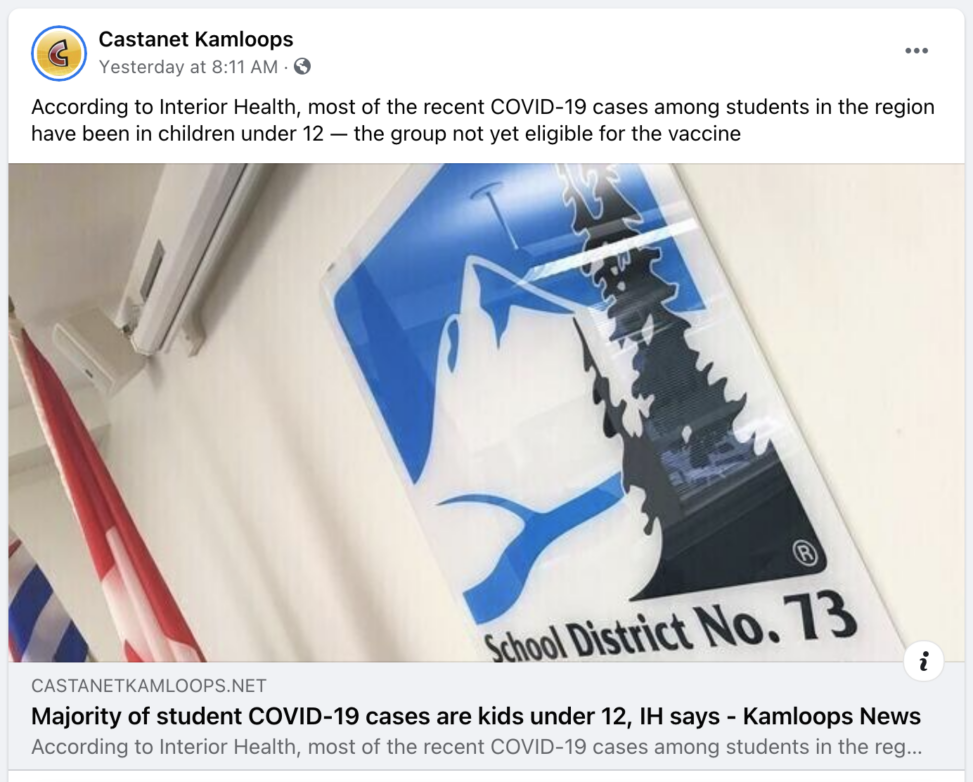Image Attribution: “Assignment #3 – Chantel Dobell” by Chantel Dobell is licensed under CC BY-NC-SA. (See interactive map)
Platforms used:
Twitter: 2 retweeted images
Tumblr: 107 like and reblogged images, 4 created images, 1 altered image
Facebook: 0 posts, checked Facebook feed at least 7 times a day
Between October 24th and October 27th, I began recording my online presence on Twitter, Tumblr, and Facebook. All of which I use for entertainment and interpersonal communication. For each Social Networking Site (SNS), I found multiple positives and one very apparent negative. Through each platform, I realized that I could filter through content that I wanted to consume and content that I did not. By recording all the interactions I had with each site, it became abundantly clear how often I do this and how much it impacts the emotional state produced every time I open and close the site. However, this could also be an extreme negative, by filtering through posts/tweets/comments and by blacklisting certain subjects, like things I do not find particularly optimistic, I put myself into an echo chamber of content that catered to my personal gain, allowing no room for growth and change in perspective.
When looking back on the last year, there is an apparent change in how I use and trust the content I am consuming. Between COVID-19 and political elections, I have become much more careful in the believability of images I see. Throughout COVID, my reliance on SNS’s increased much like everyone else. As a public, we began to rely heavily on Social Networking Sites for school, jobs, and very noticeably news updates. As Walsh (2020) argues, “…social media’s ‘mob-ocratic’ tendencies can activate collective effervescence” (as cited in Gerbaudo, 2018, p.7). He then expands on this statement in implying that this collective mindset is “…producing panics driven by mass collaboration” (Walsh, 2020, p.7). This is seen when discussing vaccinations and the consequences that might come from getting vaccinated. It was interesting to see how often “…digital platforms permit highly energized sustained groups to sculpt public sentiment by maximizing the visibility of ‘information pollution’ and ‘fake news’” (Walsh, 2020, p. 8).
I believe this is a shared experience throughout the places where most of my interpersonal communication takes place online. Like many others in my age demographic, I find that “…participation in an online community decreases their [generation Z] feelings of alienation and/or anxiety” (Chatzoglou, 2020, p. 6). The online environments I create cater to a specific group or ‘fandom’ I am involved in. Naturally, our interests would align, and so would the creations and consumption of others interested in the same social networking sites as me. I believe that over the last year, people have also experienced the same problem of falling into these echo chambers by filtering through what they individually perceive as harmful content due to a large portion of our lives being run on these social networking sites.
Chatzoglou, P., Chatzoudes, D., Ioakeimidou, D., & Tokoutsi, A. (2020). Generation Z: Factors affecting the use of Social Networking Sites (SNSs). 2020 15th International Workshop on Semantic and Social Media Adaptation and Personalization (SMA, Semantic and Social Media Adaptation and Personalization (SMAP), 2020 15th International Workshop On, 1–6. https://doi-org.ezproxy.tru.ca/10.1109/SMAP49528.2020.9248473
Walsh, J. P. (2020). Social media and moral panics: Assessing the effects of technological change on societal reaction. INTERNATIONAL JOURNAL OF CULTURAL STUDIES, 23(6), 840–859. https://doi-org.ezproxy.tru.ca/10.1177/1367877920912257
